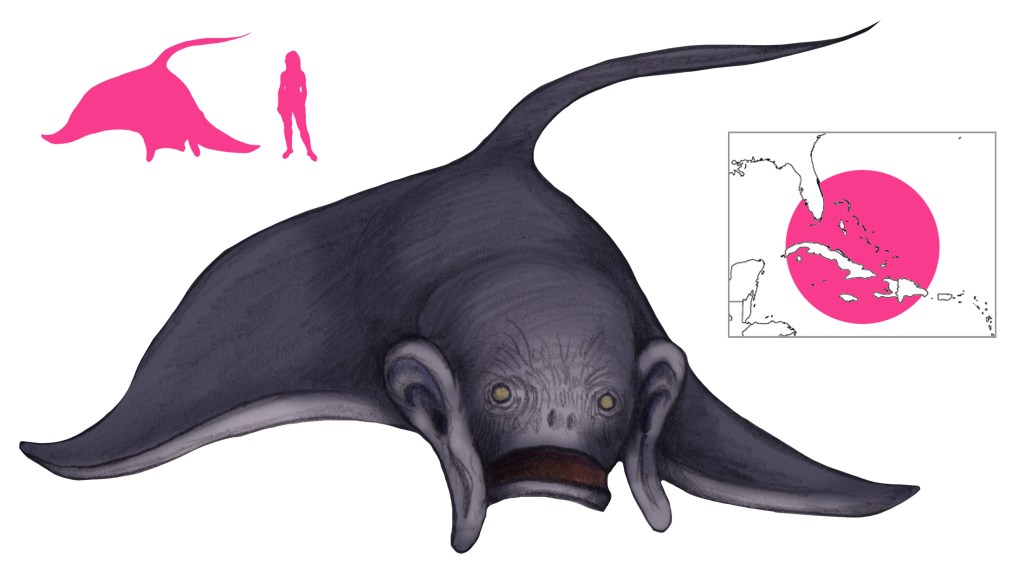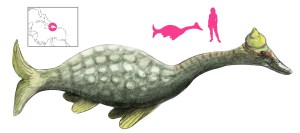Variations: Rolling Calf

A duppy is a type of ghost or spirit native to Jamaica. While described as the souls of dead people, duppies have much in common with Old World shapeshifters and roadside tricksters. They may be found in bamboo thickets and cottonwood groves, and feed on bamboo, “duppy pumpkin”, and strangler figs. Duppies appear from seven in the evening till five in the morning, and sometimes at noon. Duppy activities range from simple mischief to arson, beating, burning, poisoning, and stoning, but they are powerless against twins and those born with a caul. A left-handed crack with a tarred whip and the burning of certain herbs keep them away.
Some of the more dangerous duppies include Three-foot Horse, whose breath is poison and which can outrun anything, but which cannot attack those in the shadow of trees. Then there is Whooping-Boy who rides Three-foot Horse while whooping loudly. Long-bubby Susan has pendulous breasts that reach the ground, and which she throws over her shoulders. Old Hige, the witch, is fond of abducting children, but can be confounded by rice thrown on the doorstep – the duppy cannot count above three, but is compelled to count the grains anyway.
Then there is Rolling-calf, one of the worst and most feared duppies. “Rolling” in this context means “roaming”, as in “rolling through town”. It is a shapeshifter that can appear in a number of guises. The best known is that of a hornless goat, black or white or spotted, with a corresponding caprine stench. One of its front legs is human, the other is that of a horse, and the two hind legs are those of a goat. Its tail curls over its back. Its eyes are red and glow like blazing fires. Flames come from its nostrils. There is a collar on its neck, with a chain that drags on the ground and rattles ominously. The rolling-calf can also appear as a cat, dog, pig, goat, bull, or horse, with the brindled-cat form being particularly dangerous. It can be as small as a cat, or as big as a bull.
A rolling-calf is the soul of a particularly wicked person. Butchers and murderers return as rolling-calves, as do Obeah men; the latter can also set rolling-calves on people. Rolling-calves are found in bamboo and cottonwood as well as caves and abandoned houses, coming out on moonless nights in search of sugar (they are fond of molasses) and breaking into cattle pens.
Rolling-calves can wreak all sorts of evil and blow “bad breath” on their victims, but they can be warded off in a number of ways. Flogging them with a tarred whip always helps, as does sticking an open knife into the ground. Even more useful is the fact that rolling-calves are terrified of the moon to a comical extent.
But whatever method is used to escape a rolling-calf’s clutches, you would be well-advised to leave the premises at once. The rolling-calf will return with a vengeance.
References
Beckwith, M. W. (1924) Jamaica Anansi Stories. G. E. Stechert and Co., New York.
Beckwith, M. W. (1929) Black Roadways: A Study of Jamaican Folk Life. The University of North Carolina Press, Chapel Hill.





